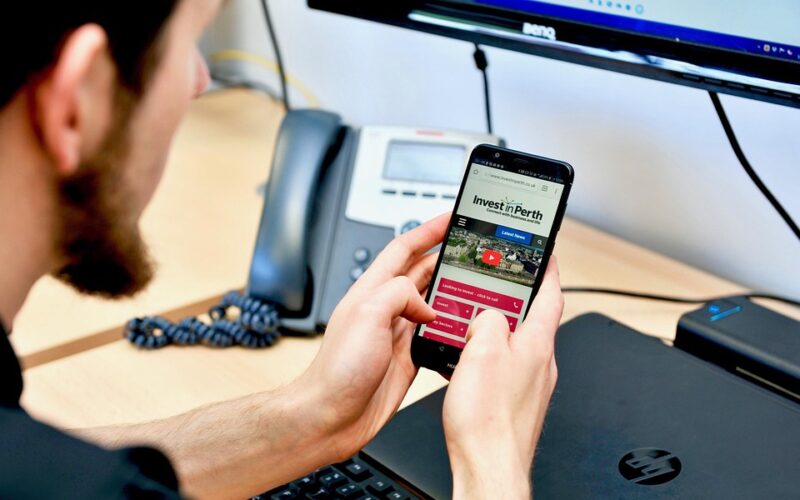Business Models with Low Startup Costs
Starting a business no longer requires a significant financial investment. With the right business model, you can launch an enterprise with minimal upfront capital. Four of the most accessible and cost-effective models are services, digital products, affiliate marketing, and dropshipping. These approaches allow you to validate your ideas quickly, often using just a landing page built with a DIY website builder to gauge interest before you commit fully. By focusing on models that avoid heavy inventory or overhead costs, you can build a sustainable business on a lean budget.
Services
The service model is the most straightforward way to start a business. Whether you offer freelancing, consulting, or specialised agency services, you are selling your time and expertise. The primary startup task is to define your offer and find your first client. You can validate your idea by creating a simple one-page portfolio on a DIY website builder and sharing it within your professional network. The essential tool stack is minimal: a way to communicate with clients, a method for invoicing, and a platform to showcase your work. The core risk is client churn, which makes building a steady pipeline of leads crucial for stability. Focus on tracking your client acquisition cost (CAC) and customer lifetime value to ensure your marketing efforts are profitable.
Digital products
Creating digital products like ebooks, templates, mini-courses, or design assets allows you to decouple your time from your income. While it requires an upfront time investment to create the product, you can sell it an unlimited number of times without additional production costs. Validation can be achieved by creating a "coming soon" page and collecting pre-orders or email sign-ups. Your core tools include a platform to create the content and a website with e-commerce functionality to handle payments and delivery. The main risk is a high refund rate if the product fails to meet customer expectations. To mitigate this, offer clear product descriptions, testimonials, and excellent customer support. Track your conversion rate and refund rate closely to optimise your sales page and product quality.
Affiliate marketing
Affiliate marketing involves earning a commission by promoting other companies' products or services. Your role is to build an audience and drive traffic to a partner's website through unique affiliate links. The startup cost is exceptionally low, as you don't need to create a product or handle customer service. A simple blog or content site built with a DIY website builder is often enough to get started. The main challenge is building a loyal audience that trusts your recommendations. Success depends on selecting high-quality, relevant products and adhering to disclosure requirements to maintain transparency. Key metrics to monitor are click-through rate and earnings per click to understand which campaigns are performing best.
Dropshipping
Dropshipping allows you to run an e-commerce store without managing any physical inventory. When a customer places an order on your site, you forward it to a third-party supplier who then ships the product directly to the customer. This model significantly lowers the barrier to entry for selling physical goods. Your main tasks are to set up an online storefront, find reliable suppliers, and market your products. The greatest risk is supplier unreliability, as shipping delays or poor product quality can damage your brand's reputation. It's vital to vet suppliers carefully and have contingency plans. Focus on your product margin after accounting for supplier costs, marketing expenses, and platform fees to ensure profitability.
Each of these business models provides a low-cost path to entrepreneurship, allowing you to test, learn, and grow without risking substantial capital. By starting with a simple landing page, you can measure interest, gather feedback, and build momentum. As your venture gains traction, you can reinvest profits to scale your operations, whether that means developing new digital products, expanding your service offerings, or exploring paid advertising channels. The key is to start lean, validate quickly, and focus on delivering value to your first customers.




